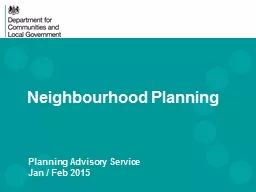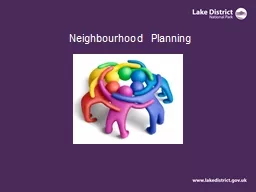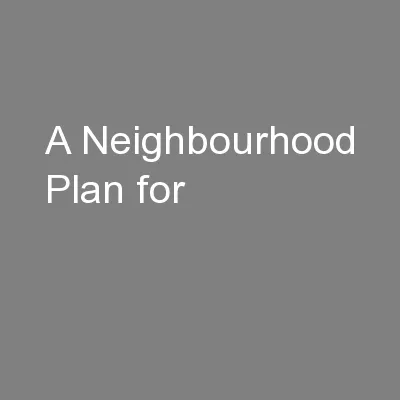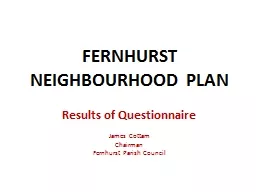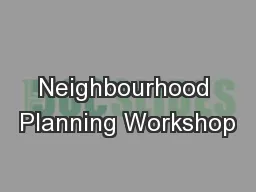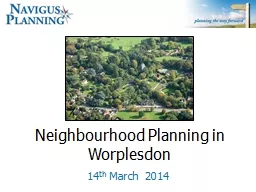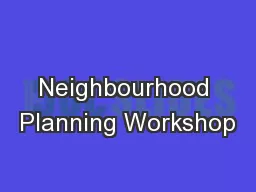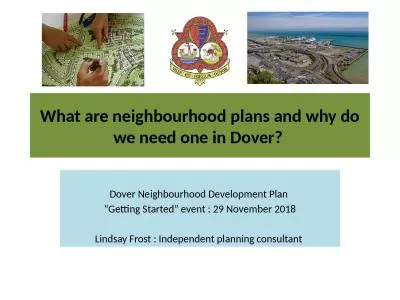PPT-Neighbourhood Planning Planning Advisory Service
Author : min-jolicoeur | Published Date : 2018-10-21
Jan Feb 2015 2 Localism and Growth Planning should be a positive process where people come together and agree a vision for the future of the place where they live
Presentation Embed Code
Download Presentation
Download Presentation The PPT/PDF document "Neighbourhood Planning Planning Advisory..." is the property of its rightful owner. Permission is granted to download and print the materials on this website for personal, non-commercial use only, and to display it on your personal computer provided you do not modify the materials and that you retain all copyright notices contained in the materials. By downloading content from our website, you accept the terms of this agreement.
Neighbourhood Planning Planning Advisory Service: Transcript
Download Rules Of Document
"Neighbourhood Planning Planning Advisory Service"The content belongs to its owner. You may download and print it for personal use, without modification, and keep all copyright notices. By downloading, you agree to these terms.
Related Documents

